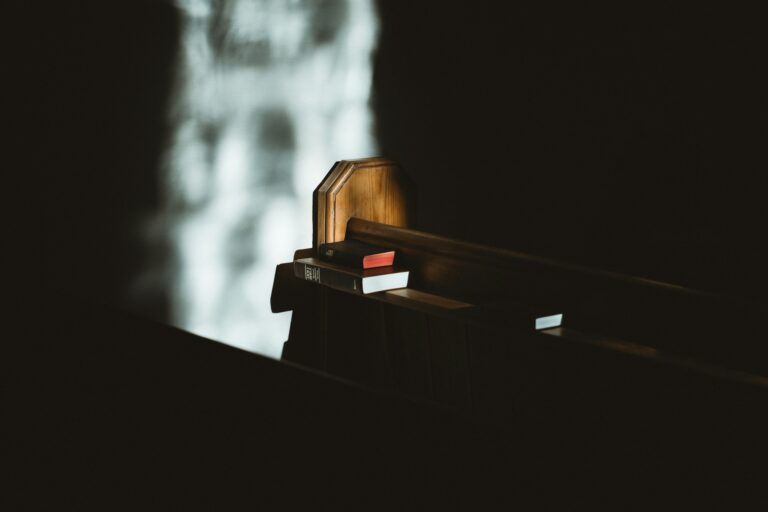If I were asked by to recommend one solid book on marriage, I would turn to the Puritans—not the prudes modern Western culture think they were—and recommend the appropriate sections dealing with the married estate in The Christian Directory by Richard Baxter (1615–91) of Kidderminster.[1] Baxter, along with other Puritan authors, gave marriage “such strength, substance, and solidity as to warrant the verdict that…under God…they were creators of the English Christian marriage” (J.I. Packer). In Baxter’s case, his rich understanding of marriage was indebted both to his knowledge of the Word of God on this subject and to his own marriage to Margaret Charlton (1636–81).
Margaret had been converted under Baxter’s preaching at Kidderminster. Like Baxter, she came from Shropshire—she had, in fact, been raised only a few miles from where Baxter grew up, though in considerably wealthier circumstances. Initially, when Margaret heard Baxter’s preaching, she had little liking for either him or the people of the town. She had, Baxter tells us in his life of Margaret—A Breviate of the Life of Margaret…Charlton—a “great aversion to the poverty and strictness of the people” of the town. Frivolous and held by the gaieties of this world, she was far more interested in “glittering herself in costly apparel.”
The Holy Spirit, though, was at work in her life. A series of sermons that Baxter preached on the doctrine of conversion was, Baxter tells us, “received on her heart as the seal on the wax.” Her spiritual transformation was swift and genuine. One of the first signs of this radical change in her life was “her fervent, secret prayers” (see Galatians 4:4).
Richard and Margaret were married in 1662, only two weeks after Baxter and some two thousand other Puritan ministers were excluded from their pulpits by the state for refusing to agree to worship according to the letter of The Book of Common Prayer. Known as a key leader among the Puritans, Richard was dogged by spies until toleration in 1688. He was the frequent object of slander, and on one occasion arrested and imprisoned. He and Margaret went to live in London, where they were forced to move house frequently and often lived in what could only be called wretched circumstances. One gets a good idea of the nature of Margaret’s mettle when Baxter tells us that at the time of his imprisonment in 1669, Margaret “cheerfully went with me into prison.”
Despite the fact that it was illegal for Baxter to preach, Margaret more than once used large portions of her wealth to pay for chapels to be built for her husband’s ministry. On one occasion in 1673, she asked him where in London he most desired to preach. He told her, “St. Martin’s Parish, where are said to be forty thousand more than can come into the Church,…where…many live like Americans [that is, Indians], and have heard no sermon of many years.” So Margaret set out to have a chapel built in this parish on a vacant lot.
Baxter preached the first Sunday after its completion, but was absent the following week since he had to preach at another locale outside of London. A Mr. Seddon agreed to take place Baxter’s place. State officials, though, had learned about the venture and were determined to arrest Baxter for illegal preaching. Getting a warrant for his arrest they descended on the chapel. Not finding Baxter, though, they arrested Seddon in his stead and put him in prison for a number of months. Margaret felt Seddon’s imprisonment keenly and blamed herself. She used her own funds to visit and comfort him in the prison, pay all of his lawyer’s fees, and also support his family.
There were some who blamed Margaret for busying “her head so much about churches, and works of charity” and not being “content to live privately and quietly.” But Baxter defended her: “this is but just what profane unbelievers say against all zeal and spiritual godliness… Doth not Paul call some women his helps in the gospel?,” a reference to passages like Philippians 4:3 and Romans 16:2–6.
Like every married couple, Richard and Margaret were imperfect characters. As Richard said: “My dear wife did look for more good in me than she found… We are all like pictures that must not be looked at too near. They that come near us find more faults and badness in us than others at a distance know.” Yet, they managed to have a wonderful marriage. What was their secret?
Well, first, Richard and Margaret followed the advice that Richard gave to married couples in his Christian Directory to delight in one another:
When husband and wife take pleasure in each other, it uniteth them in duty, it helpeth them with ease to do their work, and bear their burdens… “Rejoice with the wife of thy youth, as the loving hind and pleasant roe, let her breast satisfy thee at all times, and be thou ravished always with her love” [Proverbs 5:18–19].
Then, they had a tremendous agreement about what ultimately mattered in life: “Nothing causeth so near and fast and comfortable an union as to be united in one God, one Christ, one Spirit, one Church, one hope of heavenly glory.”
[1] An earlier version of this article appeared in Tabletalk in May of 2012 and is used here by permission.
















